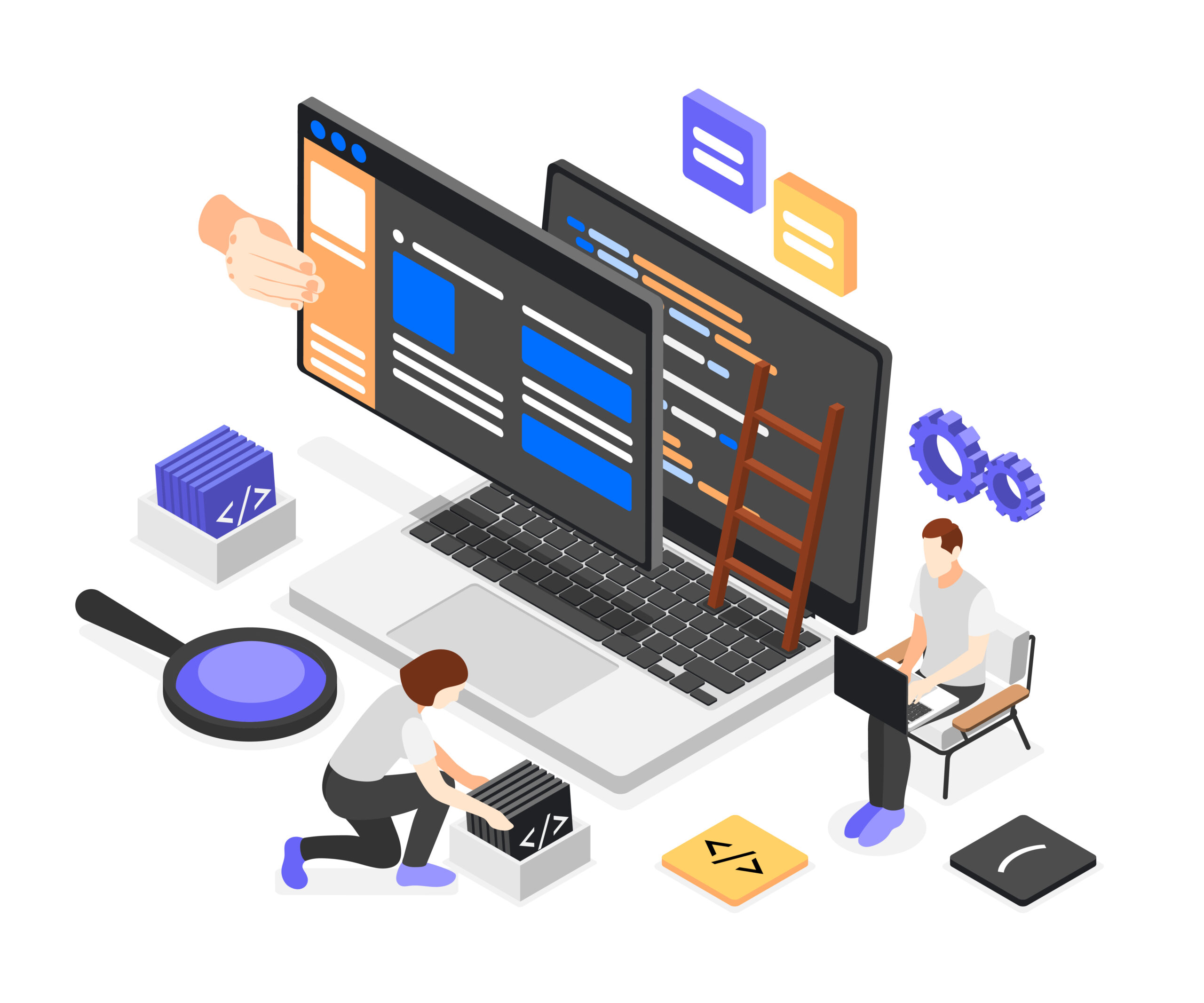In the world of commerce, understanding why customers make purchase decisions is akin to holding the key to a successful business. From impulse buys at the grocery store to carefully considered investments in high-end gadgets, the motivations behind consumer purchases are a complex interplay of psychology, emotions, and practical needs. In this blog post, we will delve into the various reasons why customers buy products or services.
1. Solving a Problem
One of the primary reasons customers open their wallets is to solve a problem or address a need. Whether it’s a broken kitchen appliance, a leaky roof, or a craving for a delicious meal, customers buy products or services that provide solutions. Businesses that offer effective problem-solving products or services tend to thrive as customers seek convenience and relief from their issues.
2. Emotions and Desire
Emotions play a significant role in consumer decision-making. Many purchases are driven by desire, pleasure, or even the need for a mood boost. From buying a beautiful piece of jewelry to indulging in a gourmet dessert, customers often make purchases to feel good or reward themselves. Savvy marketers understand the power of emotional appeal and use it to create strong brand loyalty.
3. Social Validation
Humans are inherently social creatures, and this trait influences their buying choices. Customers often purchase products or services that align with their identity or signal their belonging to a particular group. This phenomenon can be seen in the choice of clothing, lifestyle products, or even the selection of a specific brand. Brands that can tap into this need for social validation can build a loyal customer base.
4. Trust and Reputation
Trust is a vital factor in purchase decisions. Customers are more likely to buy from brands they trust, as it reduces the perceived risk of making a wrong choice. A brand’s reputation, customer reviews, and recommendations from friends and family all contribute to this trust factor. Building and maintaining a good reputation is crucial for long-term success.
5. Convenience
In our fast-paced world, convenience is a powerful motivator for making purchases. Customers value products and services that make their lives easier, save time, or reduce effort. Online shopping, food delivery services, and subscription boxes are prime examples of businesses that capitalize on the convenience factor.
6. FOMO (Fear of Missing Out)
The fear of missing out is another psychological trigger that drives purchases. Limited-time offers, flash sales, and exclusive items create a sense of urgency that prompts customers to buy. Marketers use this tactic to encourage immediate action and boost sales.
7. Bargains and Discounts
Who can resist a good deal? Customers often make purchases to take advantage of discounts, coupons, or special offers. Price-sensitive consumers are constantly on the lookout for opportunities to save money, and businesses that offer compelling deals can attract a large customer base.
8. Brand Loyalty
A loyal customer is a valuable asset for any business. Brand loyalty is built over time through consistent quality, positive experiences, and customer engagement. Loyal customers not only make repeat purchases but also act as brand advocates, spreading the word to others.
9. Personalization
Customers appreciate personalized experiences. When businesses tailor their products or services to an individual’s specific needs or preferences, it creates a stronger connection and increases the likelihood of purchase. Personalization can involve product recommendations based on past behavior, customized services, or even personalized messages and offers.
10. Innovation and Novelty
Customers are drawn to innovative and novel products or services. New and exciting offerings often generate interest and curiosity, leading to purchases. Whether it’s the latest smartphone with cutting-edge features or a unique dining experience at a trendy restaurant, innovation and novelty can be strong drivers of consumer behavior.
11. Social Proof
Social proof is a psychological phenomenon where people tend to follow the actions and choices of others. Customers often buy products or services that have received positive feedback or recommendations from their peers or influencers they trust. Online reviews, user-generated content, and testimonials are all forms of social proof that can heavily influence purchase decisions.
12. Brand Story and Values
Customers increasingly look for brands with values that align with their own. They want to know the story behind the brand, its mission, and what it stands for. Purchases are often made to support brands that promote sustainability, social responsibility, or ethical practices. Companies that can effectively communicate their values can build a more dedicated customer base.
13. Immediate Gratification
The desire for instant gratification can lead customers to make impulsive purchases. Businesses that offer same-day delivery, one-click shopping options, or in-store pickup for online orders tap into this need for immediate satisfaction. Convenience and speed can often override rational decision-making
14. User Experience
A seamless and enjoyable user experience can be a key factor in purchase decisions. Websites, apps, and physical stores that are easy to navigate, visually appealing, and provide clear information can influence customers positively. Conversely, a poor user experience can drive customers away.
16. Personal Goals and Aspirations
Customers often make purchases that align with their personal goals and aspirations. This could include buying fitness equipment to pursue a healthier lifestyle, investing in education to further their career, or purchasing a travel package to fulfill their wanderlust. Understanding your target audience’s goals can help tailor your offerings.
17. Product Quality and Durability
Quality and durability are significant factors, especially for long-term investments. Customers may be willing to pay more for products or services that are known for their quality and longevity. This is often the case with electronics, vehicles, and home appliances
18. Comparison Shopping
Customers are increasingly empowered to compare products and prices before making a purchase. They research online, read reviews, and seek the best value for their money. Businesses that offer transparent pricing, detailed product information, and easy comparison tools can gain an advantage.
19. Loyalty Programs and Rewards
Loyalty programs, points, and rewards systems encourage customers to make repeat purchases. The promise of future discounts or exclusive benefits can lead to customer retention and increased spending with a brand.
20. Peer Pressure
Peer pressure can be a significant factor, especially among younger consumers. Friends, colleagues, or family members can influence purchasing decisions. Customers may buy specific brands or products to fit in with their social circles or to avoid feeling left out
21. Seasonal and Trend-Driven Consumer Purchases
Seasonal events, holidays, and trends can greatly impact consumer behavior.  often make purchases based on the season or popular trends. For example, holiday-themed decorations, back-to-school supplies, or fashion trends can drive sales during specific times of the year.
often make purchases based on the season or popular trends. For example, holiday-themed decorations, back-to-school supplies, or fashion trends can drive sales during specific times of the year.
Conclusion
The nuances of customer purchasing behavior are a fascinating and complex subject. Recognizing the intricacies of these nuances can be a significant advantage for businesses seeking to meet the diverse needs and desires of their customer base. Successful marketing and sales strategies often involve a deep understanding of these factors and the ability to adapt to changing consumer preferences.
In today’s competitive marketplace, it’s crucial to stay attuned to the evolving landscape of consumer psychology and adapt your strategies accordingly. If you have more specific questions or need further information on any of these nuanced points, please feel free to ask.







